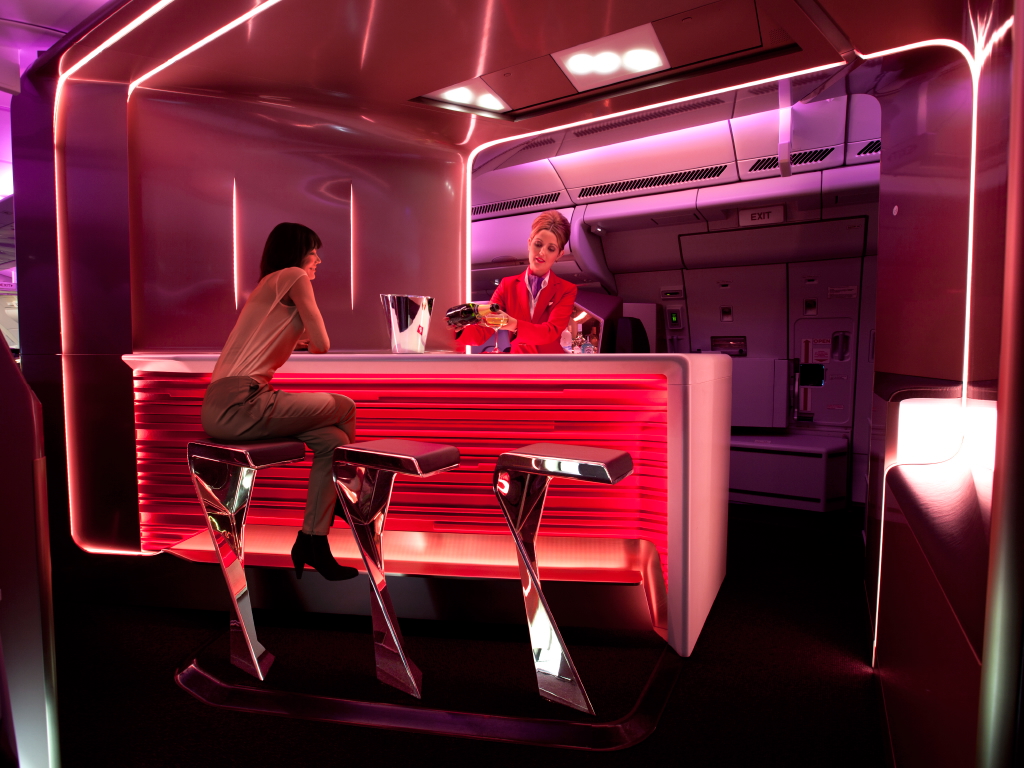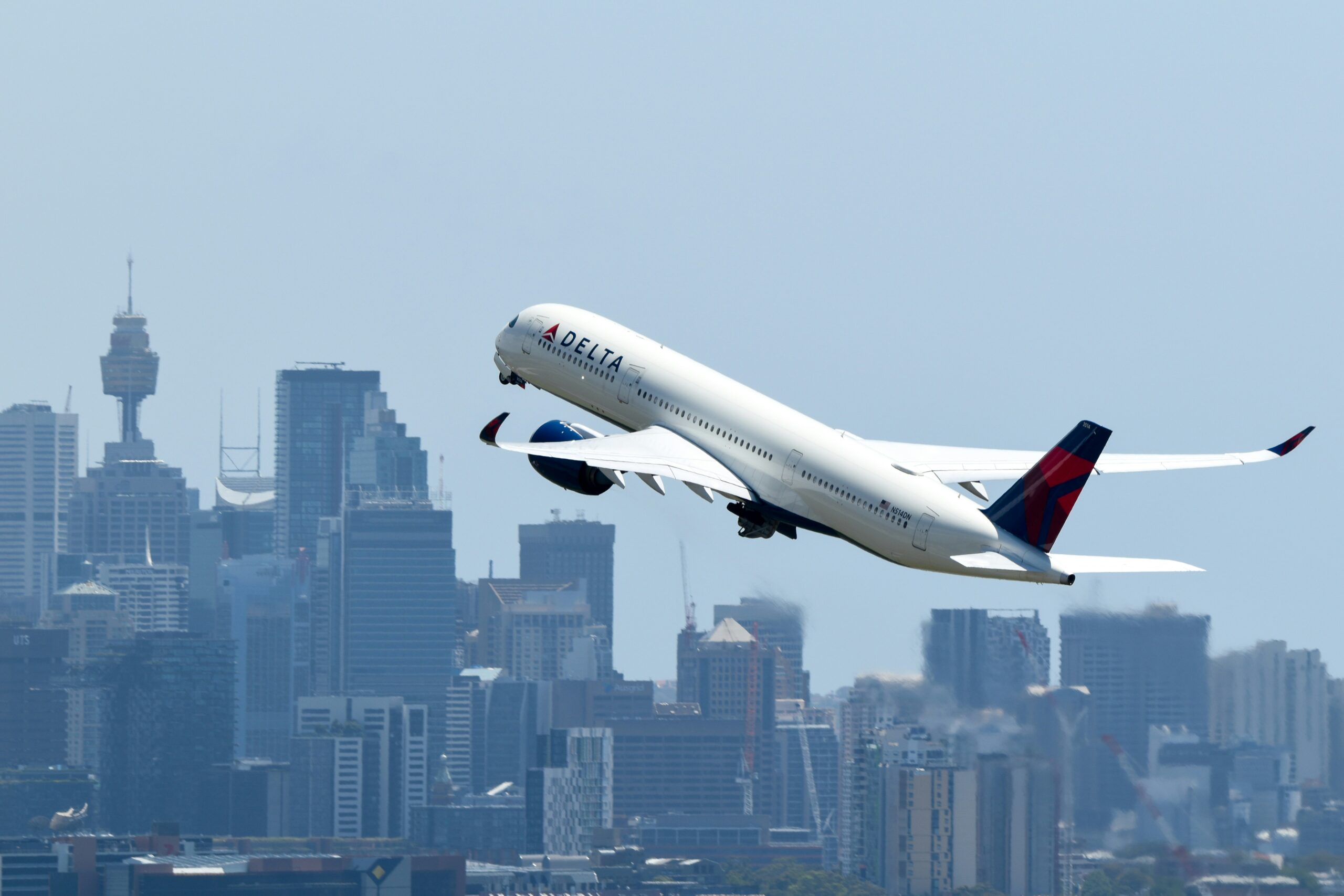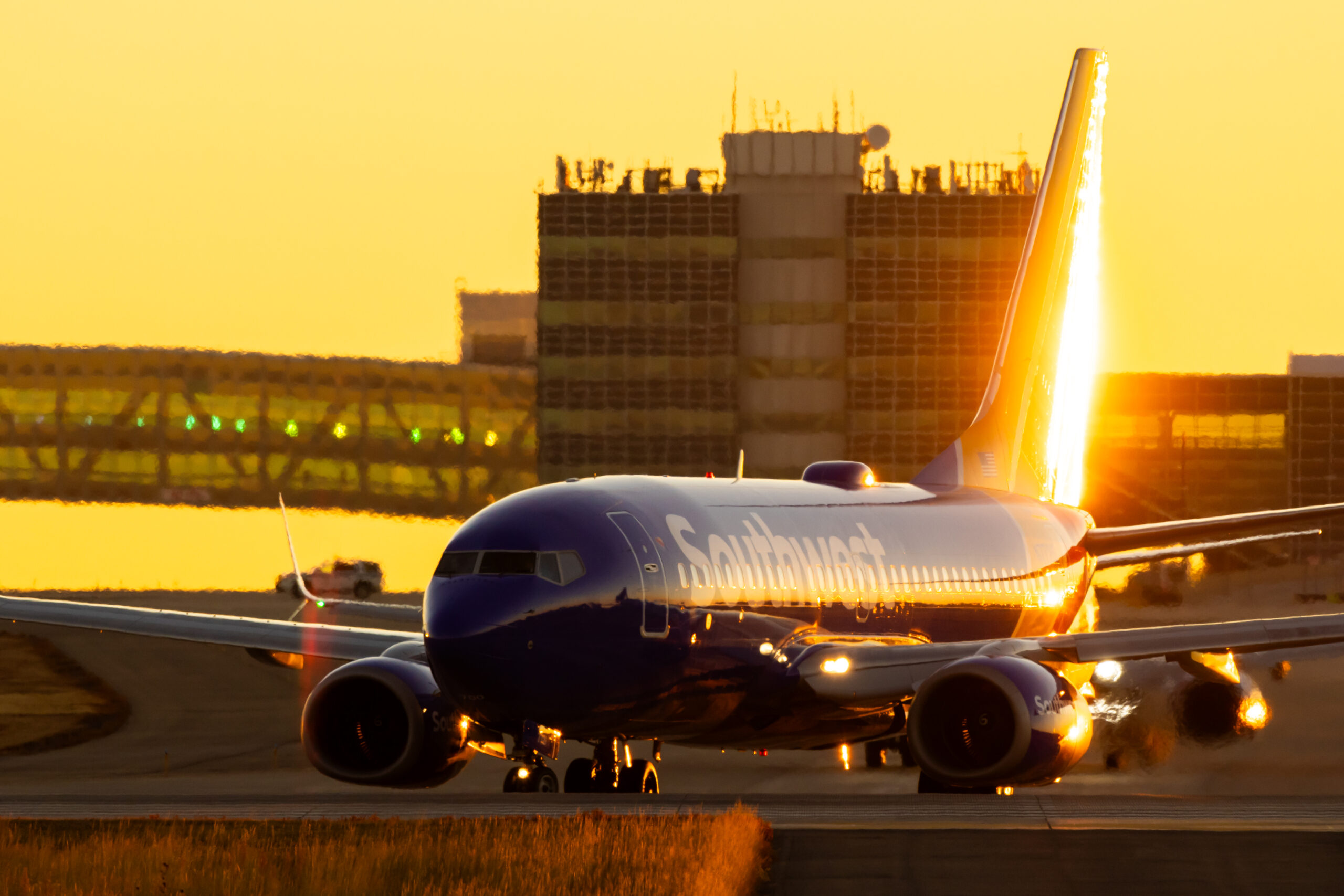Qatar Airways Finishes Starlink Installation on All Boeing 777 Aircraft
The airline completed Starlink installation on its entire 777 fleet in just nine months—delivering industry-leading Wi-Fi faster than expected
by George Gomez
July 18, 2025
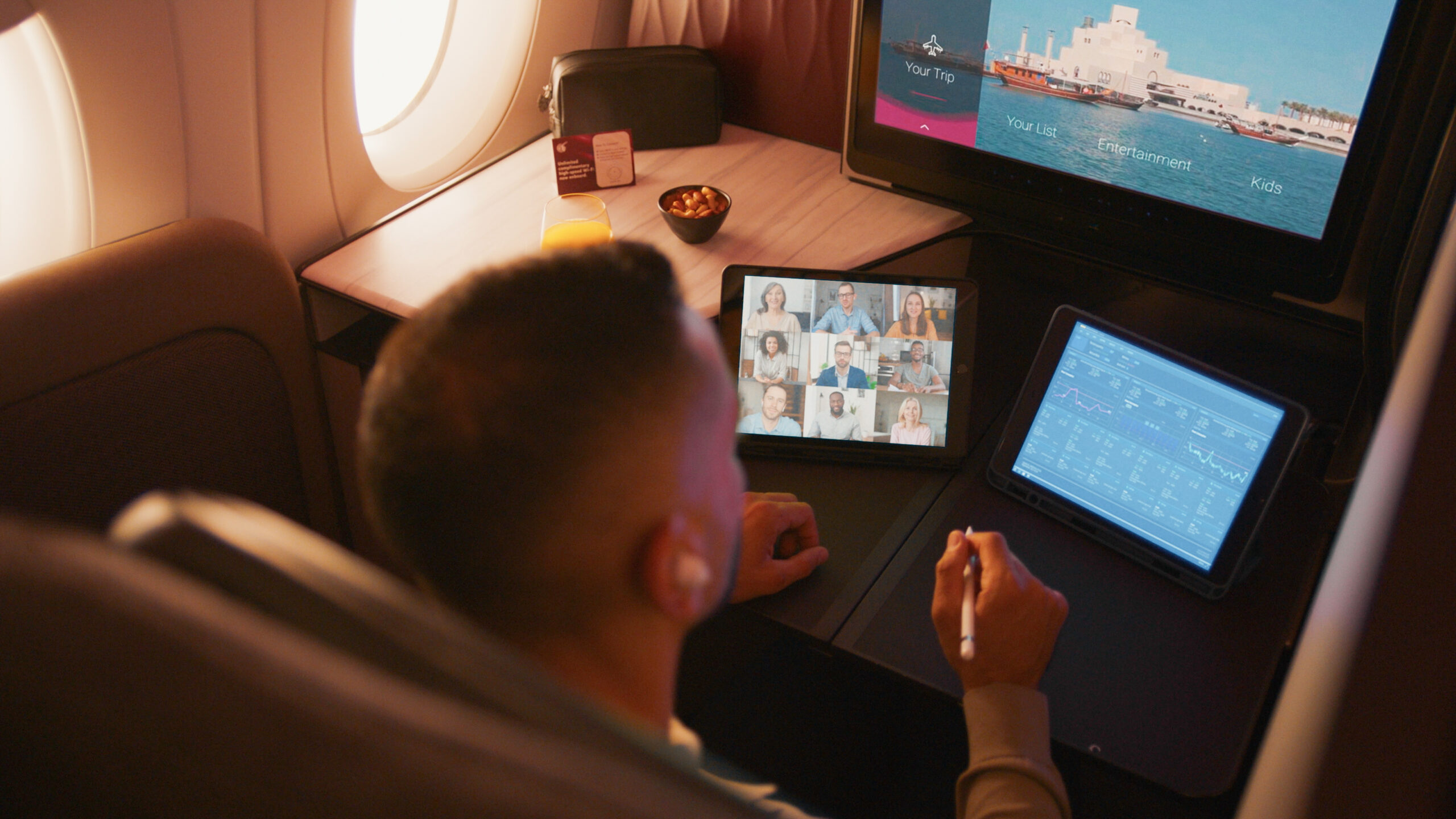
Photo: Courtesy of Qatar Airways
Qatar Airways has quietly completed the largest-ever Starlink installation program on a widebody aircraft fleet. Over just nine months, the Doha-based carrier equipped all 54 of its Boeing 777 aircraft with high-speed satellite Wi-Fi, making it the first airline in the world to operate a long-haul fleet fully connected via Starlink.
While other carriers have announced intentions to join the Starlink club, Qatar Airways has become the first to scale the service across an entire long-haul workhorse fleet. The airline is also the only one in the Middle East and North Africa currently offering the system.
A Complex Retrofit
Originally projected to take two years, the retrofit was finished nearly twice as fast. The airline managed to bring installation time per aircraft down from three days to just 9.5 hours—an unusually swift pace for a complex modification that involves adding a new antenna system, power source, onboard routers, and integration with cabin systems.
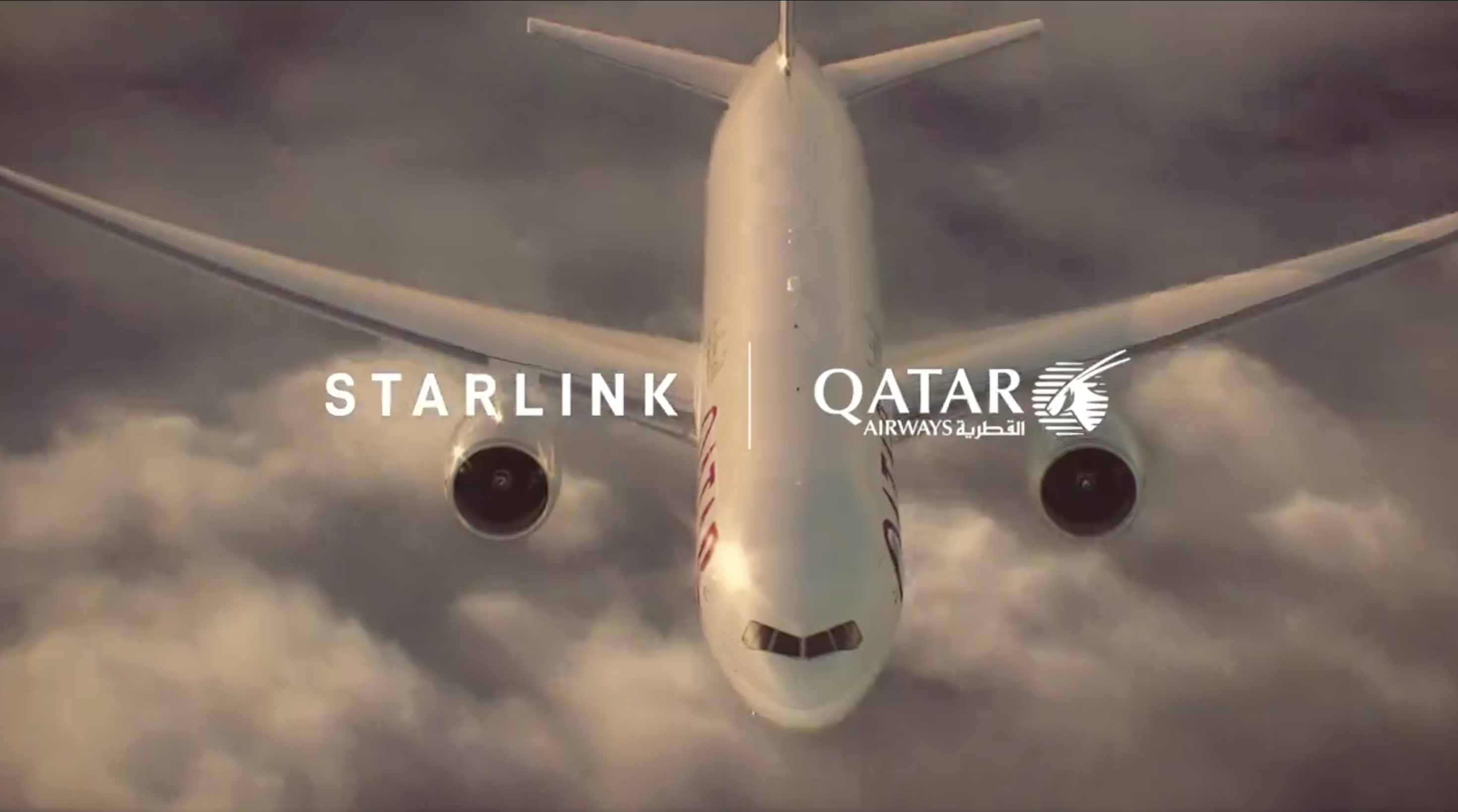
Photo: Courtesy of Qatar Airways / YouTube
“This new milestone demonstrates our strategic investment in redefining our passengers’ expectations,” said Qatar Airways Group CEO Badr Mohammed Al-Meer. “We promised the fastest, most seamless in-flight connectivity in the industry, and with Starlink we have delivered it faster and at an unmatched scale.”
He also confirmed that the airline is already shifting focus to its Airbus A350 fleet, aiming to equip that aircraft type with Starlink Wi-Fi within a year.
How Starlink Wi-Fi Works
Starlink’s system relies on a network of low Earth orbit (LEO) satellites orbiting roughly 550 kilometers above Earth. Unlike traditional geostationary satellites, which are positioned 35,786 kilometers above the equator and introduce long signal delays, Starlink satellites provide low-latency internet with response times between 20 and 40 milliseconds, similar to those of ground-based broadband.
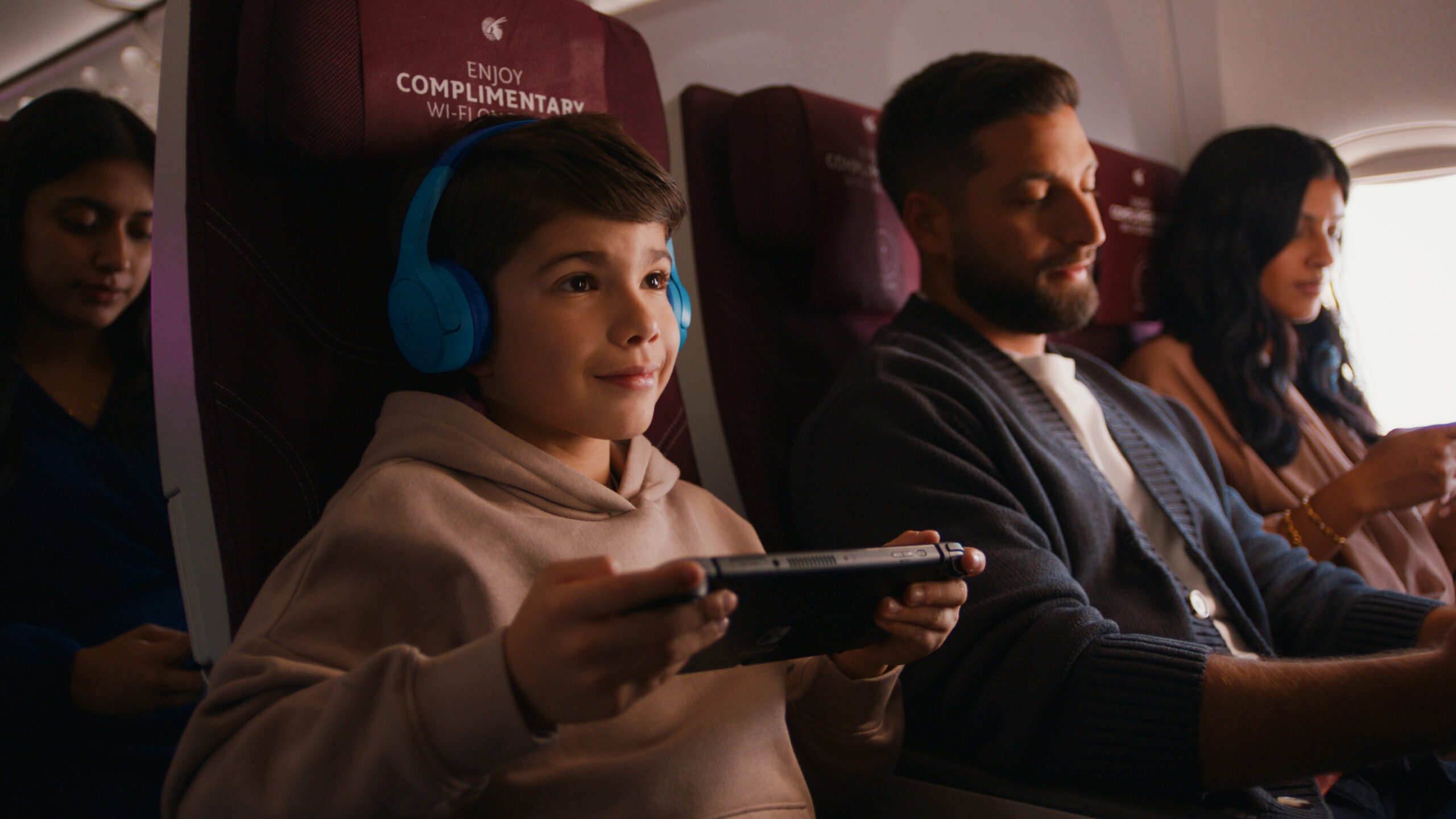
Photo: Courtesy of Qatar Airways
The aircraft are fitted with a phased-array antenna, mounted on the fuselage and electronically steered to lock onto Starlink satellites. These antennas hand off connections between satellites in real time as the aircraft moves, maintaining a stable link even at high speeds and altitudes.
Once onboard, the signal is distributed wirelessly through the cabin via Wi-Fi access points, enabling all passengers to connect their devices and use the internet much like they would at home or the office.
According to Starlink, speeds on board typically range from 40–220 Mbps per user, but Qatar Airways is promoting an aircraft-wide bandwidth of up to 500 Mbps, made possible by satellite beam aggregation and limited user contention at this early stage of deployment.
What Passengers Can Expect
For travelers flying on the airline’s Triple-Sevens, the offering is straightforward: free internet access for all passengers, from boarding to arrival, across all classes of service. There’s no paywall, no trial period, no download limit.
This is particularly meaningful for business travelers. They can conduct video calls, download large documents, stream live market coverage, and stay reachable throughout ultra-long-haul flights—especially over oceans and remote regions that typically have poor coverage.
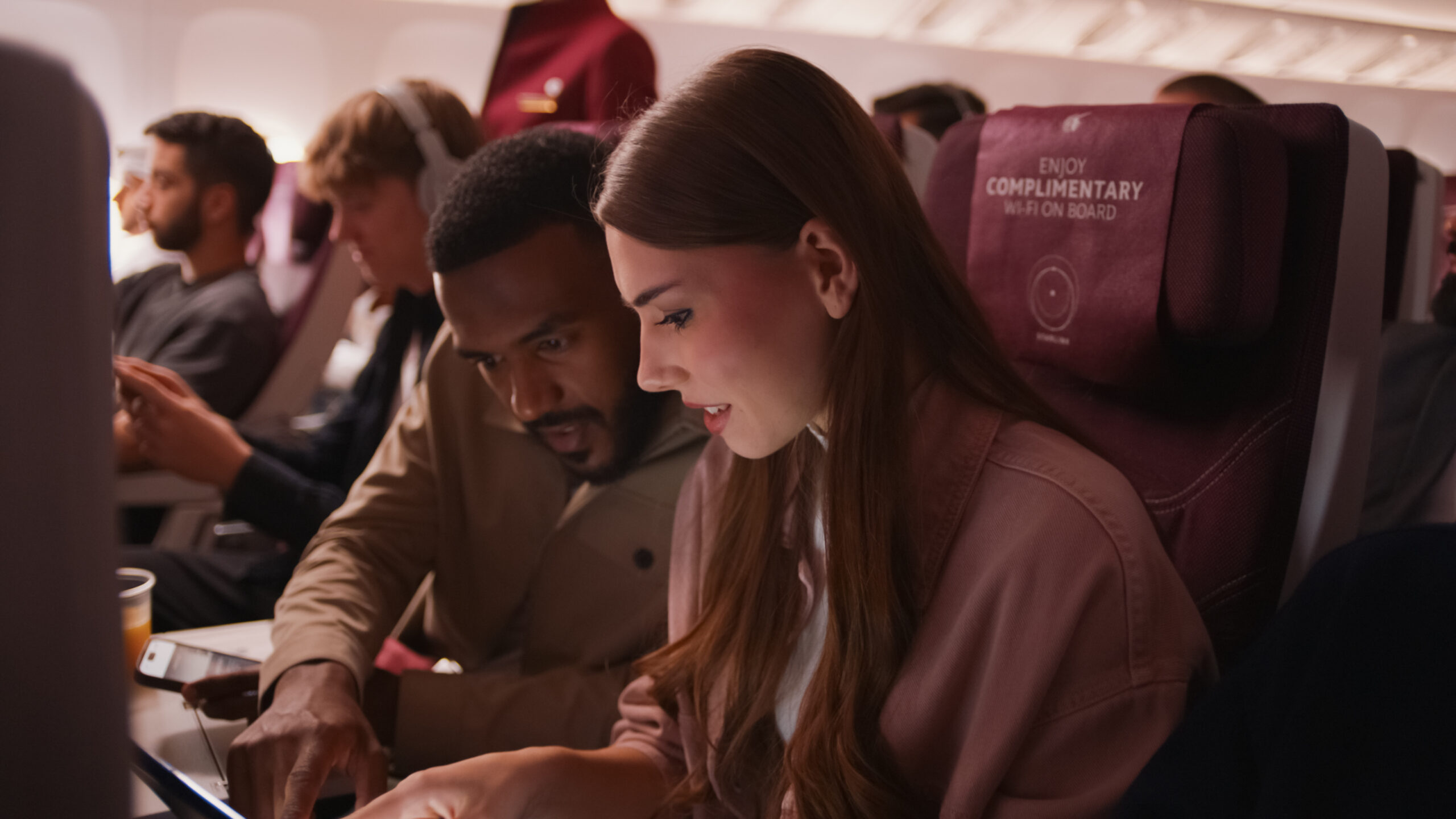
Photo: Courtesy of Qatar Airways
As of July 2025, the carrier has completed over 15,000 flights equipped with Starlink, gathering valuable data on network stability and passenger usage patterns.
For U.S. travelers, the Starlink service is currently available on Boeing 777-300ER flights. As of July 2025, the airline is operating this aircraft on routes from Doha (DOH) to New York (JFK), Chicago (ORD), Washington Dulles (IAD), and Seattle (SEA).
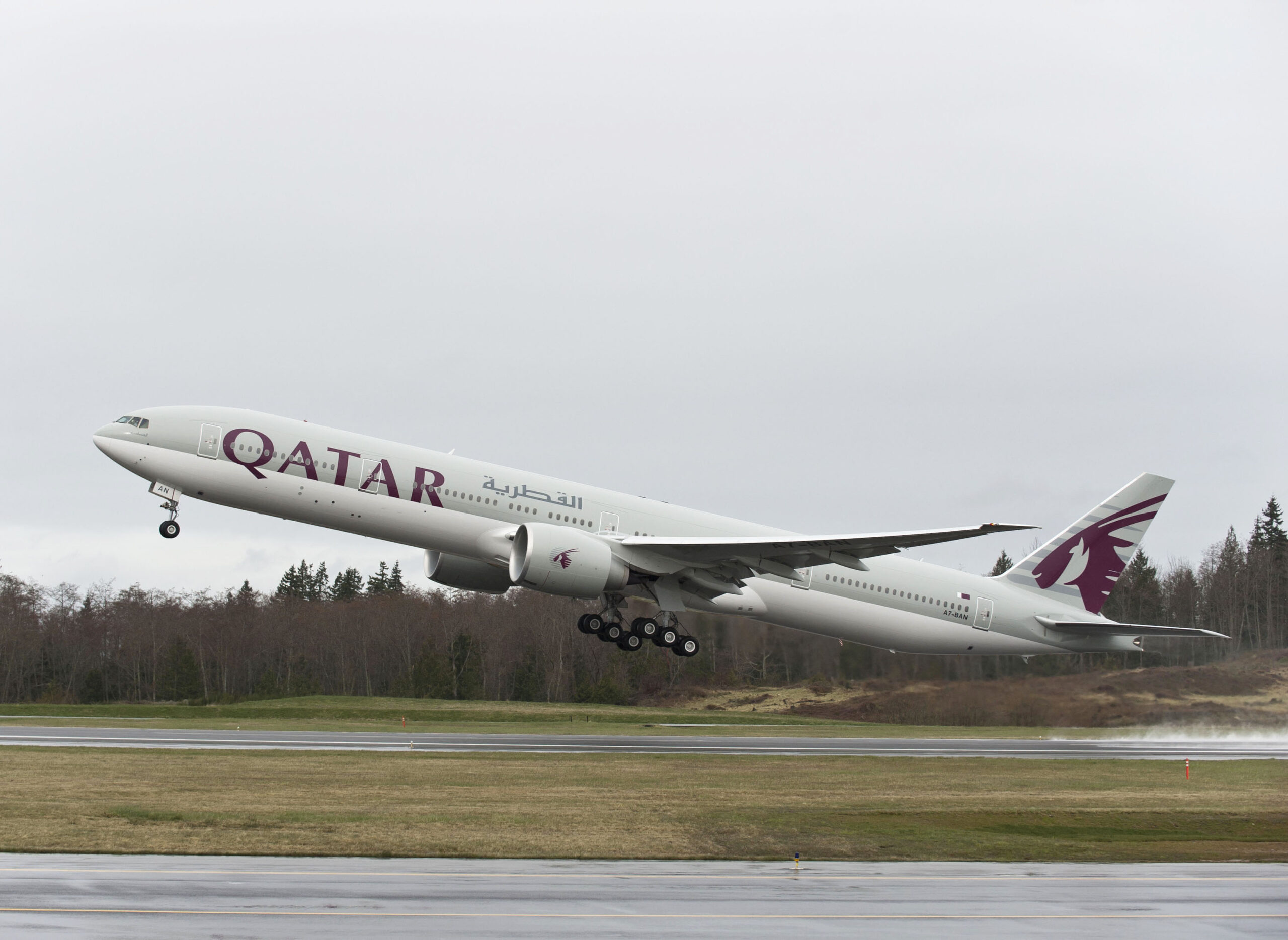
Photo: Qatar Airways, Boeing 777-300ER. Courtesy of Boeing
The remaining U.S. destinations—Los Angeles (LAX), Miami (MIA), Dallas-Fort Worth (DFW), Houston (IAH), Boston (BOS), Atlanta (ATL), and San Francisco (SFO)—are served by Airbus aircraft, which are not yet fully equipped with Starlink.
Why This Matters
Qatar Airways’ rollout marks a decisive shift in the arms race over inflight connectivity, where most airlines have until recently relied on dated geostationary satellite systems that struggled to provide stable, fast service—especially on long-haul routes. Those systems often introduced a latency of 600 milliseconds or more, making video calls difficult and frustrating.
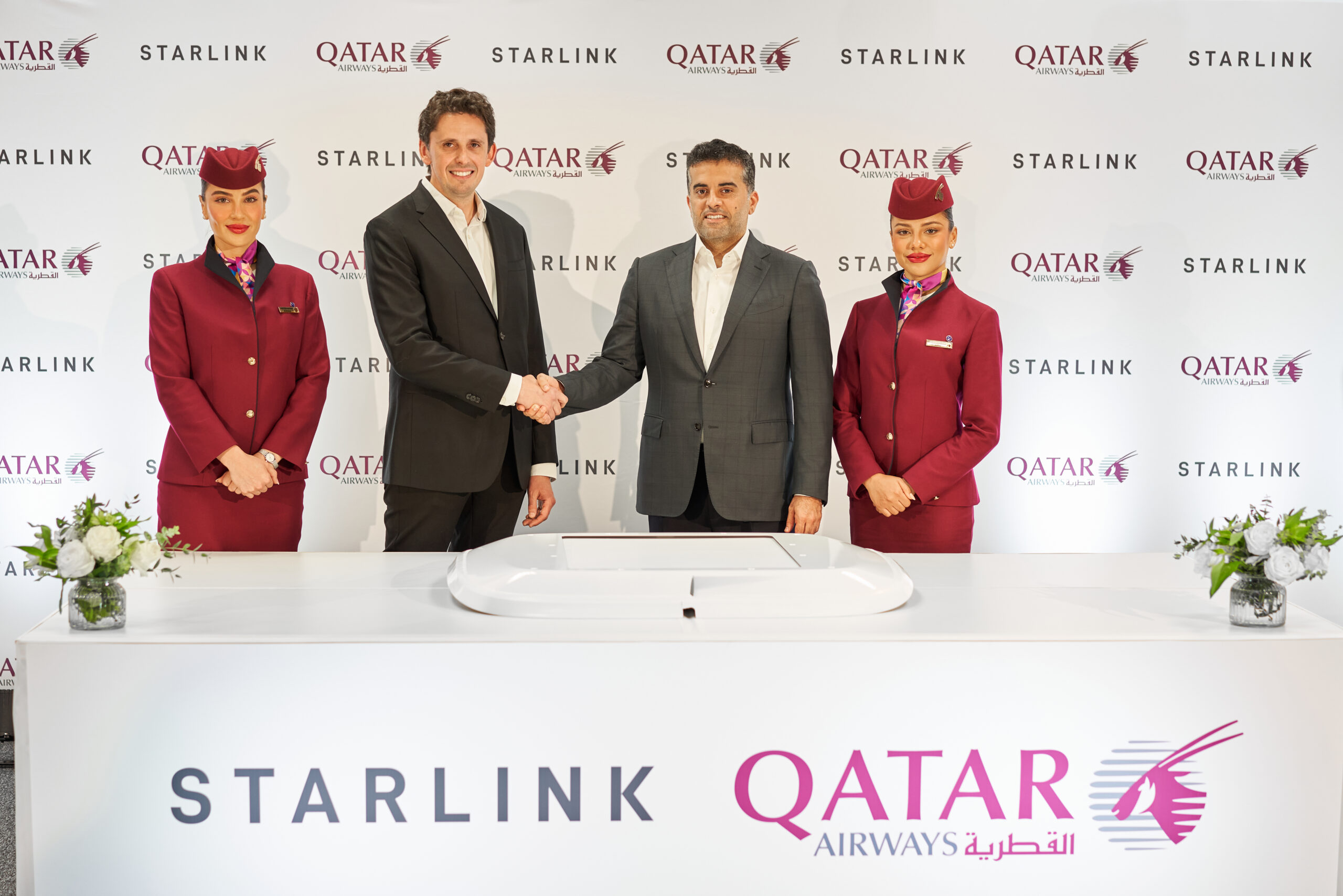
Photo: Courtesy of Qatar Airways
Starlink’s low-Earth-orbit architecture solves these problems. It also removes the geographical limitations of ground-tower networks and GEO satellites, providing truly global coverage—including over the Arctic, the Pacific, and sub-Saharan Africa.
At the same time, the deployment challenges are non-trivial. Retrofitting a fleet of widebody aircraft with new antenna systems requires downtime, specialized labor, and certification from aviation regulators. That Qatar Airways completed the task at this scale in under a year suggests the airline prioritized it operationally and financially—and saw it as a competitive differentiator.
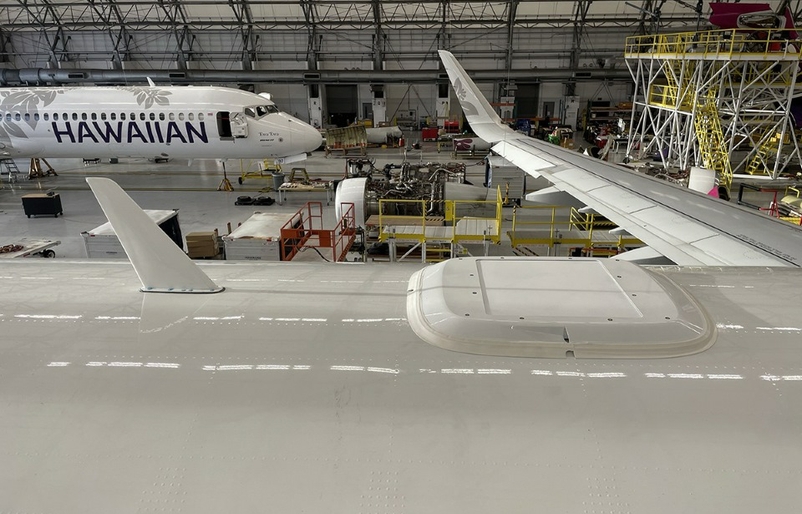
Photo: Starlink antenna. Courtesy of Hawaiian Airlines
Qatar Airways’ early lead also stands in contrast to the incremental approaches taken by other carriers. United Airlines has begun equipping select narrowbody aircraft, while Air France, Hawaiian Airlines, and Virgin Atlantic are in various stages of testing. For many of these airlines, the service is available only on new deliveries or limited aircraft types.
This means that, for now, Qatar Airways holds a rare advantage in offering wide-scale, high-quality in-flight connectivity that is consistent, free, and globally available.
What’s Next
The airline’s next step is to implement Starlink across its fleet of Airbus A350s, which operate some of Qatar Airways’ longest and most premium routes. If this rollout is completed on schedule within a year, nearly all of the airline’s long-haul fleet will offer Starlink service. As a result, only a few carriers will be able to compete at this scale in global in-flight connectivity.

